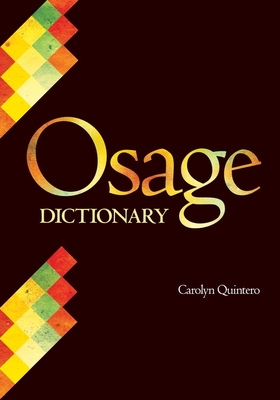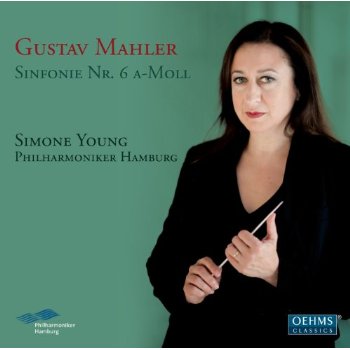
Drawing on a collaboration with the late Robert Bristow, an amateur linguist who had compiled copious notes toward an Osage dictionary, Quintero interviewed more than a dozen Osage speakers to explore crucial aspects of their language. She has also integrated into the dictionary explications of relevant material from Francis La Flesche's 1932 dictionary of Osage and from James Owen Dorsey's nineteenth-century research.
The dictionary includes over three thousand main entries, each of which gives full grammatical information and notes variant pronunciations. The entries also provide English translations of copious examples of usage. The book's introductory sections provide a description of syntax, morphology, and phonology. Employing a simple Siouan adaptation of the International Phonetic Alphabet, Quintero's transcription of Osage sounds is more precise and accurate than that in any previous work on the language. An index provides Osage equivalents for more than five thousand English words and expressions, facilitating quick reference.
As the most comprehensive lexical record of the Osage language-the only one that will ever be possible, given the loss of fluent speakers-Quintero's dictionary is indispensable not only for linguists but also for Osage students seeking to relearn their language. It is a living monument to the elegance and complexity of a language nearly lost to time and stands as a major contribution to the study of North American Indians.







